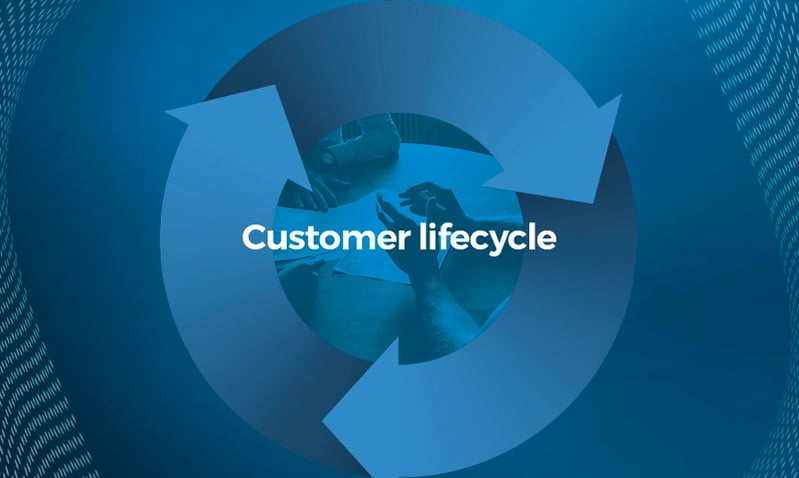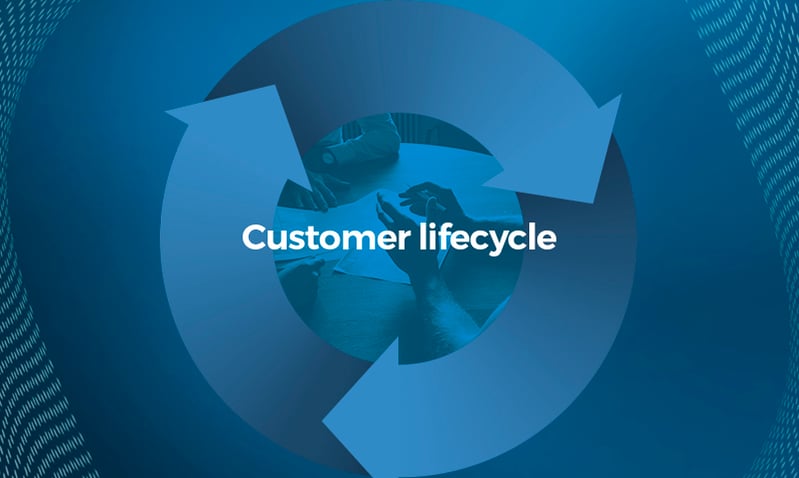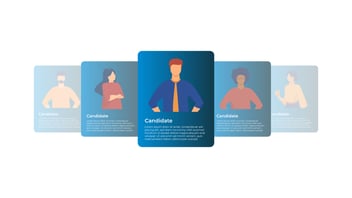A good customer strategy must include cutting edge technology. In this article, we give you a few tips on how to include technology into your strategy.
We live in the era of consumers and buyers. Their relevance in organisations leads to the success of those who understand them best and know how to relate to them.

In order to get to know our customers and potential customers well, it is vital that we develop a strategy that incorporates the latest technology. In this way, our marketing efforts and investments will be smaller and the results will be better.
First, we must get to know our existing customers. We can use segmentation techniques, which will divide customers into groups according to common characteristics or behaviors. Segmentation will allow us to get a comprehensive view of current customers, and can also be used to categorize potential customers.
For segmentation there are machine learning algorithms, such as clustering and classification algorithms. The clustering algorithms will find the natural groups of customers within our base, while the classification algorithms will help us determine the behavior and preferences of our potential customers.
One thing to keep in mind when creating our customer strategy is the life cycle. The life cycle are the stages that the customer goes through from when he comes into contact with our company and learns, interacts and buys.
The life cycle of customers has 3 main phases:
Acquisition
In the acquisition phase, marketing must carry out a greater effort than in the rest of the phases. Prospecting and database creation must be carried out, as well as the creation of content that allows potential customers to come into contact with our brand for the first time so we can begin to nurture our relationship with them.
In addition, in the acquisition of customers lead scoring comes into play, which serves to evaluate and rate potential customers according to the business value attributed to them. If potential customers are identified early, companies can improve their acquisition rate, as well as use them to create acquisition models to activate prospects that are inactive.
Within this phase is a metric called lifetime value or life cycle value, which is a prediction of the value generated by a customer during its passage through the life cycle. Life cycle value is one of the most relevant metrics in customer analytics.
Interaction
Once we know our customers and potential customers, we must find ways to create a personalized experience for them, so that their interaction with the brand is as pleasant as possible.
To this end, we can carry out A/B tests to discover what works and what doesn't, so that we can increasingly concretize our strategy and ensure that it is effective. Furthermore, in this phase we can use cross-sell and up-sell techniques, which allow us to increase the value of acquisitions and, therefore, of invoicing.
During this phase it is very important to carry out analysis of the results in order to make informed decisions that allow us to offer better content and achieve a good brand-consumer relationship.
Delight
In the delight or retention phase, the company must concentrate its efforts on avoiding the loss of customers, since the cost of winning new customers is much greater than that of retaining them.
There are churn models that analyze the cancellation of customers to detect the reasons why a customer stops using our product or service or goes to our competition. Thanks to them we can make preventive decisions, such as offering discounts or promotions to retain the customer.
These models usually use decision trees or random forests, which offer a probability of cancellation, as well as showing the most relevant reasons why customers stop buying our brand.
There are other models that offer more specific information, such as the type of customer that is most likely to cancel or the segment in which we should concentrate more efforts.
What do we do at Bismart?
Bismart offers strategy and customer lifecycle services. We are experts in data management and we have experts in artificial intelligence. Our machine learning algorithms allow us to know in detail the current and potential clients, as well as prevent cancellation and offer the best experience in the relationship with the brand.
In today's world, competition is fierce and only companies that use all their aces will be able to differentiate themselves from the rest when it comes to offering a personalized experience that allows them to retain their clients and keep them loyal to the brand. Therefore, it is important to know the benefits that technology can bring us, not only in the field of analysis, but also in the field of artificial intelligence.



